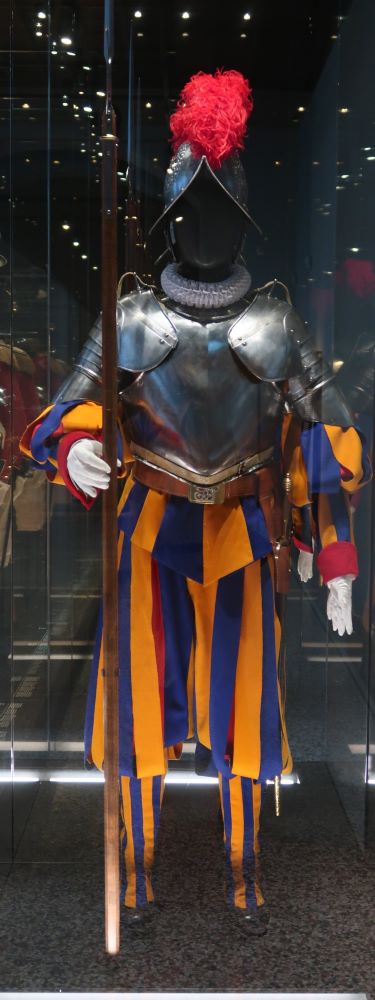It is hard to imagine today, but the villages of Augst (canton Basel-Landschaft) and Kaiseraugst (canton Aargau) formed the largest conglomerate in the territory of present-day Switzerland in Roman times.
The two other major cities at the time were Aventicum (Avenches) and Colonia Iulia Equestris (Nyon) in the present-day canton of Waadt.
Augst and Kaiseraugst formed the Roman Colonia Augusta Raurica, named after the Celtic tribe of Rauraken and Emperor Augustus. Basel’s Ratshaus houses a statue of its founder Lucius Munatius Plancus (87-15 BC).

Lucius Munatius Plancus, the founder of Augusta Raurica but not of Basel!)
Augusta Raurica was located on the Rhine and was an important city on the border (Limes) with the Germanic tribes in the third century. Around 300 AD, the Romans built the largest fortress in Switzerland for this reason: the Castrum Rauracense. The castle is also considered an important heritage from the late Roman period internationally.


Its dimensions are 292 by 155 metres, which indicates the importance of this border town in the defense line. The castle probably also had an administrative function. In any case, the nearby museum Augusta Raurica shows daily (rich) Roman life. Among other things, the museum houses the Kaiseraugster Silberschatz.
A smaller fort stood on the other side of the Rhine and the other side of the Bridge at the time, the remains of which can also be seen today.
Some of the walls of the castle in Kaiseraugst are still there. They give an impression of the complex’s size. Archaeologists have also managed to make a reasonably reliable reconstruction.
After more than 1,700 years, however, the walls need major maintenance to repair the effects of frost, precipitation, and wind as best as possible. As is well known, one of Switzerland’s oldest bishop’s seats is also in Kaiseraugst on the banks of the Rhine. This site is also open to the public.


St. Gallus church, 5th century



















